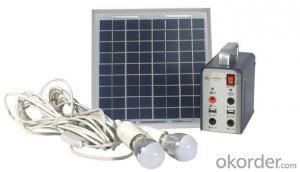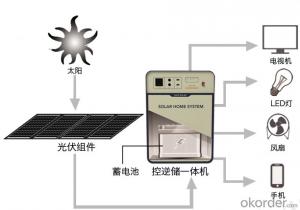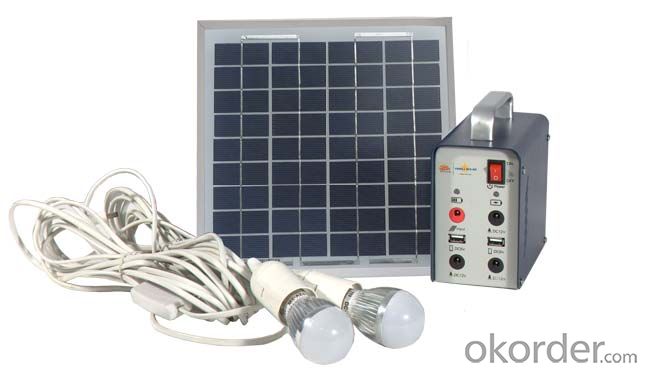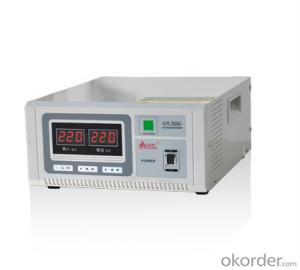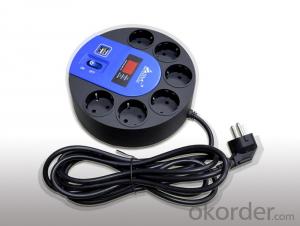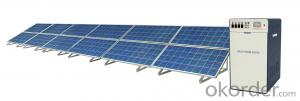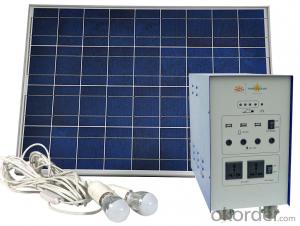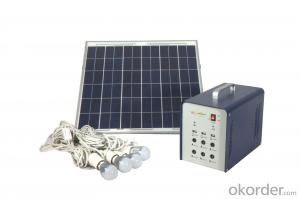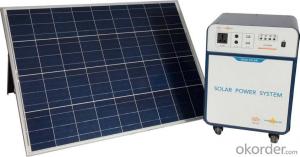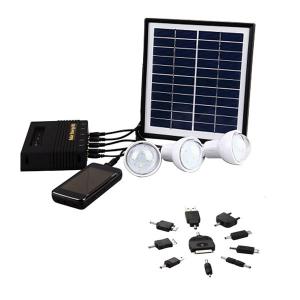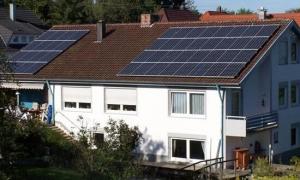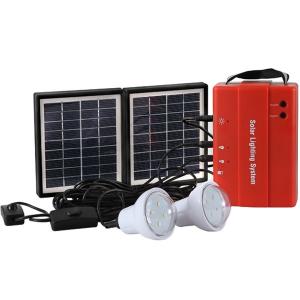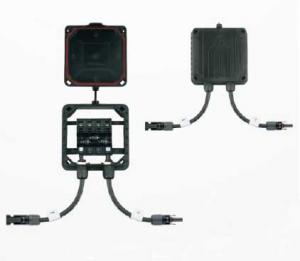Mirasol Solar Energy Systems Home Off-Grid Solar Power System DC Lighting JS-SPS-05
- Loading Port:
- Tianjin
- Payment Terms:
- TT OR LC
- Min Order Qty:
- 10 set
- Supply Capability:
- 10000 set/month
OKorder Service Pledge
Quality Product, Order Online Tracking, Timely Delivery
OKorder Financial Service
Credit Rating, Credit Services, Credit Purchasing
You Might Also Like
Off-grid Solar Power System
General Introduction
Solar power system provides alternating current and direct current, which is produced by the modules transforming solar power into power, to home lighting, household appliance and other DC appliance, such as cell phone and laptop.
Solar power system is widely used in area lack of power, for example house power supplying, monitoring, communication base, fire prevention in forest area, pasture and meadow, aquaculture etc.
We are dedicated to provide high quality off-grid PV products and systems to customers and has received a series of certificate, including ISO9001, TUV, UL, CE, CQC and RoHS.
General Introduction
Solar power system provides alternating current and direct current, which is produced by the modules transforming solar power into power, to home lighting, household appliance and other DC appliance, such as cell phone and laptop.
Solar power system is widely used in area lack of power, for example house power supplying, monitoring, communication base, fire prevention in forest area, pasture and meadow, aquaculture etc.
We are dedicated to provide high quality off-grid PV products and systems to customers and has received a series of certificate, including ISO9001, TUV, UL, CE, CQC and RoHS.
Solar DC Lighting System
Multiple protection system, safe and reliable performance.
Integrated and portable design, easy operation.
DC5V, DC12V, AC220V output, wide range application.
Clean engergy, cycle use.
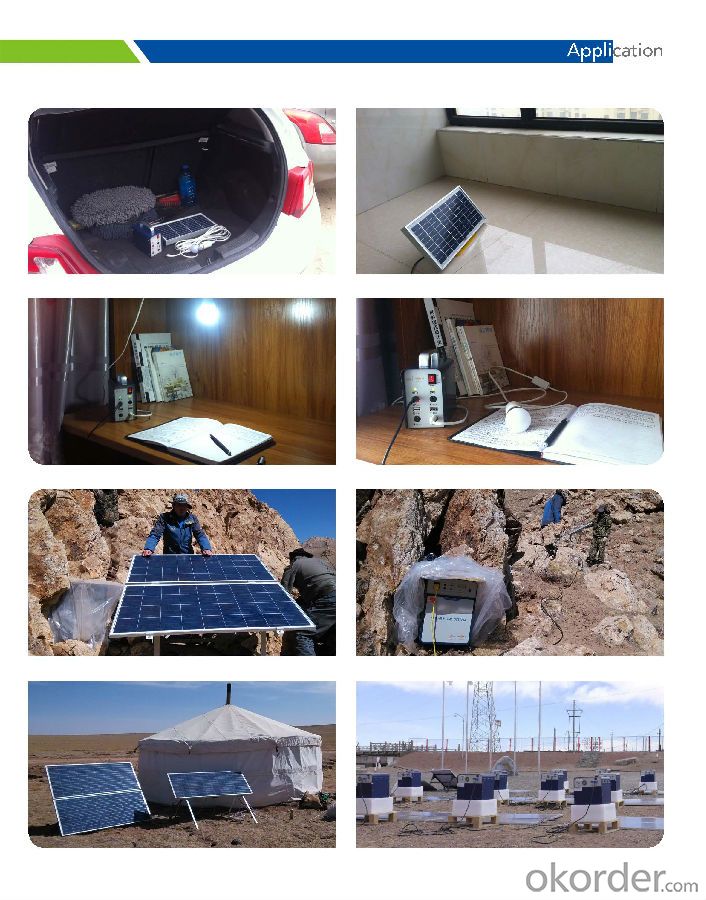
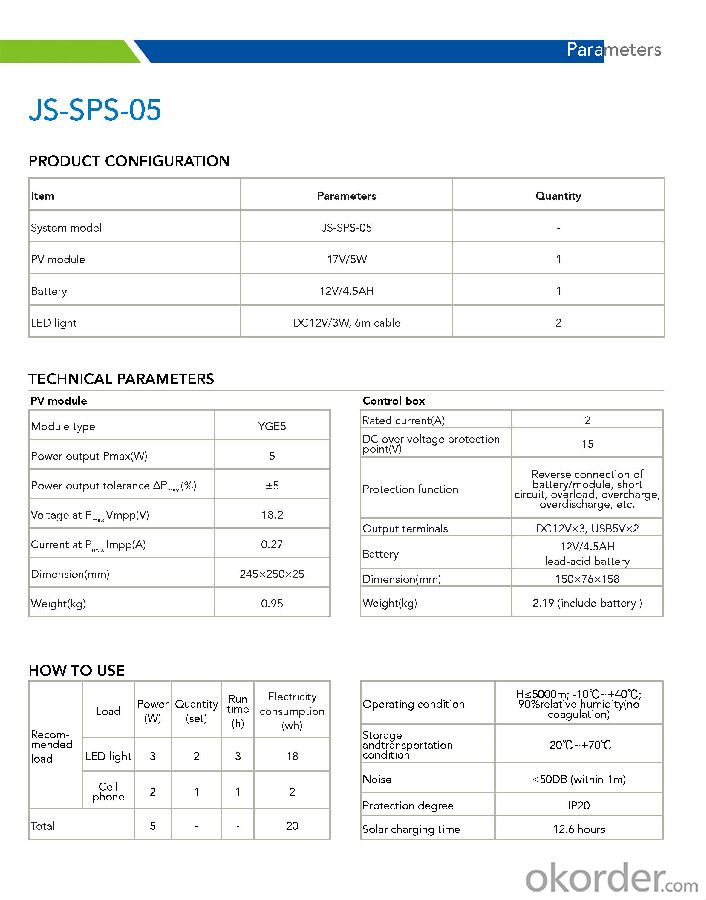
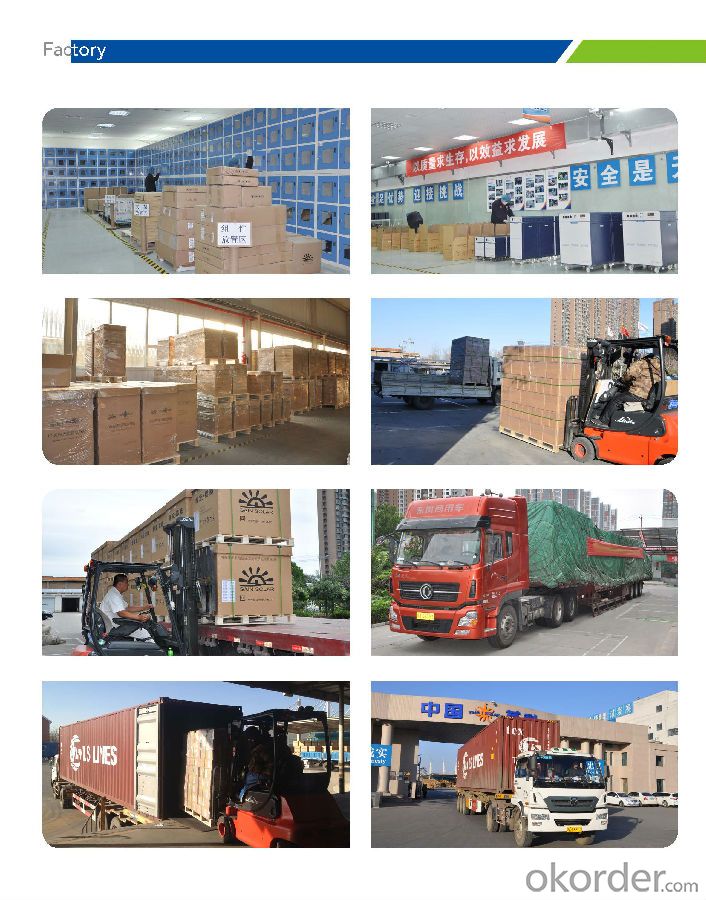
- Q: Can a solar energy system be installed on a building with a slate roof?
- Yes, a solar energy system can be installed on a building with a slate roof. The installation process may require extra care and expertise to ensure the integrity of the roof is maintained during the installation. It is recommended to consult with professionals who have experience in installing solar panels on slate roofs to ensure a proper and safe installation.
- Q: Can a solar energy system be installed on commercial buildings?
- Yes, a solar energy system can certainly be installed on commercial buildings. In fact, many businesses are increasingly adopting solar power systems to offset their electricity consumption and reduce their carbon footprint. With proper planning and design, solar panels can be installed on rooftops or integrated into the building's architecture, providing a sustainable and cost-effective source of energy for commercial establishments.
- Q: Can solar energy systems be used to power an entire household?
- Yes, solar energy systems can be used to power an entire household. With advancements in technology, solar panels have become more efficient at converting sunlight into electricity. By installing a sufficient number of panels and using energy storage systems, it is possible to generate enough electricity to meet the energy needs of a household. However, the viability of powering an entire household with solar energy depends on factors such as the size of the system, energy consumption, available sunlight, and energy efficiency measures adopted in the household.
- Q: What is the role of solar energy systems in reducing energy inequality?
- Affordable and sustainable energy sources are made accessible to underserved communities or those lacking reliable electricity through solar energy systems, thereby reducing energy inequality. Solar energy systems offer scalability, making them suitable for large-scale installations and small-scale community projects. This adaptability enables their deployment in rural areas with limited or unreliable grid infrastructure, improving the lives of people in these communities by providing electricity to homes, schools, and healthcare facilities. Moreover, solar energy systems can be installed on rooftops, reducing the need for additional land and minimizing environmental impact. This is particularly crucial in urban areas where space is limited and conventional energy sources like coal or gas are more polluting and harmful to human health. By reducing air pollution and associated health issues, solar energy systems create a cleaner and healthier environment. Decentralized energy production is another significant aspect of solar energy systems. Instead of relying solely on distant large power plants, solar energy systems promote distributed generation, allowing electricity to be produced and consumed locally. This decentralization empowers communities, reducing their dependence on centralized grids and volatile energy prices. Solar energy systems also bring economic opportunities and lower energy costs to marginalized communities. By investing in solar installations, communities can generate income by selling excess energy back to the grid, creating local job opportunities and fostering economic development. Additionally, solar energy systems help reduce household energy bills, freeing up financial resources for other essential needs. In conclusion, solar energy systems play a vital role in reducing energy inequality by providing equitable access to affordable, sustainable, and clean energy sources. By addressing energy poverty and promoting self-sufficiency, solar energy systems contribute to a more inclusive and sustainable future for all.
- Q: What is the difference between a microinverter and a string inverter in a solar energy system?
- A microinverter is a small inverter that is installed on each individual solar panel in a solar energy system. It converts the DC electricity produced by each panel into AC electricity, allowing for independent optimization of each panel's performance. On the other hand, a string inverter is a larger inverter that is typically connected to multiple solar panels in a series, converting the combined DC electricity from all the panels into AC electricity. The main difference between the two is that microinverters offer panel-level monitoring and optimization, while string inverters offer system-level monitoring and optimization.
- Q: Can solar energy systems be used in areas with high levels of dust or sandstorms?
- Solar energy systems can indeed be utilized in regions with significant amounts of dust or sandstorms. Although these natural occurrences can momentarily decrease the efficiency of solar panels by obstructing sunlight, there are various steps that can be taken to mitigate their impact. Firstly, it is crucial to regularly clean and maintain solar panels to eliminate accumulated dust and debris, ensuring the maximum absorption of sunlight. This can be achieved through manual cleaning or by utilizing automated cleaning systems that employ water or brushes to keep the panels pristine. Secondly, there are advanced panel designs and coatings available that minimize the adherence of dust particles and facilitate effortless cleaning. These technologies enable panels to self-clean or reduce the accumulation of dust, guaranteeing optimal performance even in dusty environments. Additionally, proper installation and positioning of solar panels play a significant role in minimizing the impact of dust or sandstorms. By tilting the panels at an appropriate angle and maintaining sufficient ground clearance, the accumulation of dust can be minimized. Furthermore, employing protective measures such as fences, windbreakers, or enclosures around the solar energy systems can shield the panels from strong winds and blowing sand during sandstorms. These measures effectively prevent physical damage to the panels and maintain their functionality. In conclusion, although dust or sandstorms may present temporary obstacles to solar energy systems, with proper maintenance, cleaning, panel design, positioning, and protective measures, solar energy can still be effectively harnessed in areas with high levels of dust or sandstorms.
- Q: Can a solar energy system be installed in areas with heavy snowfall?
- Yes, a solar energy system can be installed in areas with heavy snowfall. While heavy snowfall can affect the efficiency of solar panels, proper design and installation can ensure their effectiveness even in snowy conditions. Here are a few considerations: 1. Tilt and angle: Solar panels are typically installed at an angle to maximize exposure to sunlight. In areas with heavy snowfall, panels can be tilted at a steeper angle, allowing the snow to slide off more easily. 2. Snow clearing: Regular snow clearing can help maintain the performance of solar panels. This can be done manually or through automated systems that use brushes or heating elements to melt the snow. 3. Orientation: Orienting the solar panels towards the south or where they receive maximum sunlight can help mitigate the impact of heavy snowfall. This ensures that when the snow melts, the panels can quickly resume their normal operation. 4. Adequate spacing: Providing sufficient spacing between solar panels can prevent snow accumulation from one panel affecting the entire system. This allows for continued energy production even if some panels are temporarily covered in snow. 5. System monitoring: Installing a monitoring system can help identify any issues with snow accumulation or reduced energy production. This allows for timely intervention and maintenance to ensure optimum performance. While heavy snowfall may temporarily reduce energy production, a well-designed solar energy system can still be a viable option in areas with these weather conditions. It is important to consult with experienced solar installers who can design and install a system that can withstand and adapt to heavy snowfall.
- Q: How do solar energy systems impact wildlife habitats?
- Solar energy systems can have both positive and negative impacts on wildlife habitats. On one hand, they can help reduce greenhouse gas emissions and mitigate climate change, which can benefit many species by preserving their natural habitats. Additionally, solar installations can serve as a habitat for certain species, providing shelter and food sources. However, there are also potential negative impacts, such as the loss of vegetation and disruption of ecosystems during the construction and operation of solar farms. It is important to carefully plan and manage solar installations to minimize these impacts and ensure coexistence with wildlife habitats.
- Q: Can solar energy systems be used in areas with high levels of saltwater exposure?
- Yes, solar energy systems can be used in areas with high levels of saltwater exposure. However, it is important to choose the right materials and components that are resistant to corrosion caused by saltwater. Additionally, regular maintenance and cleaning may be required to ensure optimal performance and longevity of the solar panels.
- Q: How does the color of solar panels affect energy production?
- The color of solar panels does not significantly affect energy production. The efficiency and power output of solar panels are determined by their material and design, not their color. However, darker colors may absorb more heat, which can slightly increase the operating temperature of the panels and decrease their efficiency.
Send your message to us
Mirasol Solar Energy Systems Home Off-Grid Solar Power System DC Lighting JS-SPS-05
- Loading Port:
- Tianjin
- Payment Terms:
- TT OR LC
- Min Order Qty:
- 10 set
- Supply Capability:
- 10000 set/month
OKorder Service Pledge
Quality Product, Order Online Tracking, Timely Delivery
OKorder Financial Service
Credit Rating, Credit Services, Credit Purchasing
Similar products
Hot products
Hot Searches
Related keywords
